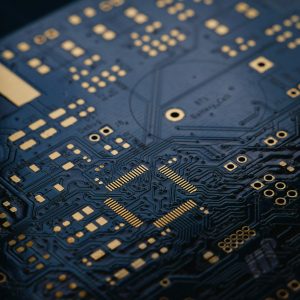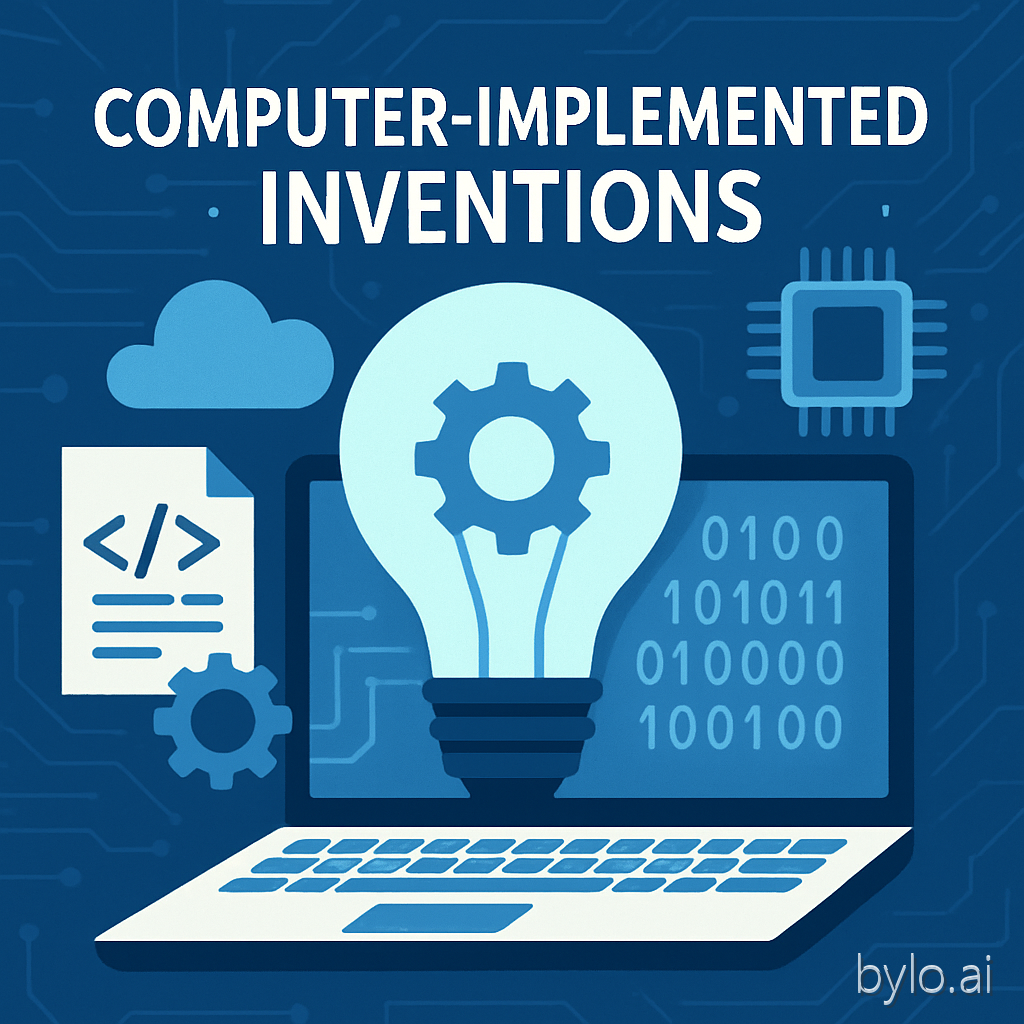What is excluded from patent protection?
According to Article 52(2) EPC, the following are not considered inventions:
— Computer programs “as such”;
— Mathematical methods;
— Methods for performing mental acts, doing business, or playing games;
— Presentations of information.
It is important to note that Article 52(3) EPC narrows this exclusion solely to subject matter claimed “as such”. This means that if the claimed solution, while containing these elements, possesses technical character, it may be patentable.
Key concept: “Further technical effect”
The primary strategy to overcome this exclusion is to demonstrate that the computer program, when run on a computer, produces a «further technical effect».
This is an effect that goes beyond the “normal” physical interactions between a program and a computer (such as writing, reading, or outputting data). Simply speeding up an algorithm without linking it to solving a specific technical task is insufficient.
Examples of a further technical effect include:
Conserving computer resources: Reducing memory usage, processor time, or energy consumption.
Controlling a technical process: Managing an anti-lock braking system (ABS) in a car, an X-ray apparatus, or an industrial machine.
Encoding/Processing data for a technical purpose: Compressing video, encrypting electronic communication, restoring a distorted digital image.
Enhancing security: Implementing data protection mechanisms in a network or storage system.
The role of technical features in the claims
The presence of at least one technical feature in the claims is a minimally necessary condition for patent eligibility. Technical features may include:
Hardware components (processors, memory, network interfaces);
Specific technical implementations of algorithms;
A connection to physical processes or devices.
Practical aspects of drafting the application
- Drafting the claims:
Claims shall be directed to a technical subject matter. Preferred formulations include:
“A computer-implemented method…”;
“A device comprising a processor and a memory…”;
“A computer-readable medium containing instructions…”.
Such formulations automatically lend the application the required technical character and help avoid objections related to patent eligibility.
- Description of the invention:
The description shall disclose in detail:
— The technical problem solved by the invention;
— The technical solution provided by the invention;
— The specific technical effects achieved as a result of implementing the invention;
— Examples of implementation, preferably tied to specific technical fields (e.g., automotive engineering, telecommunications, industrial control systems).
Specifics for various technology fields
Artificial Intelligence (AI) and Machine Learning: Algorithms per se are considered mathematical methods. Patentability arises when they are applied to solve a technical task, such as image/speech recognition in autonomous systems, fault diagnosis in equipment, or optimization of network operations.
Blockchain: The technology is viewed as a distributed database. A technical effect may lie in enhancing the security of data transmission or storage, or ensuring data integrity.
User Interfaces (UI): These are generally excluded from patentability as “presentations of information”. An exception exists for interfaces that provide a technical effect, for example, by enabling a user to efficiently control a technical system (e.g., a pilot’s cockpit interface) or by conserving system resources through optimized display management.
Business Methods: Automating business processes (banking, marketing, logistics) is not inherently technical. For a method to be patentable, it must solve a technical problem, such as significantly increasing transaction processing speed or the reliability of financial data transmission.
Conclusion
The key takeaway for applicants is that the EPO grants patents not for software code or an algorithm per se, but for a technical solution to a problem implemented by software means. The success of a patent application depends on how convincingly it can be demonstrated that the invention goes beyond an abstract idea or a purely mathematical algorithm and provides a specific technical contribution to the prior art. A proper application strategy, a focus on technical aspects, and detailed elaboration of the implementation are the cornerstones of obtaining reliable legal protection.




